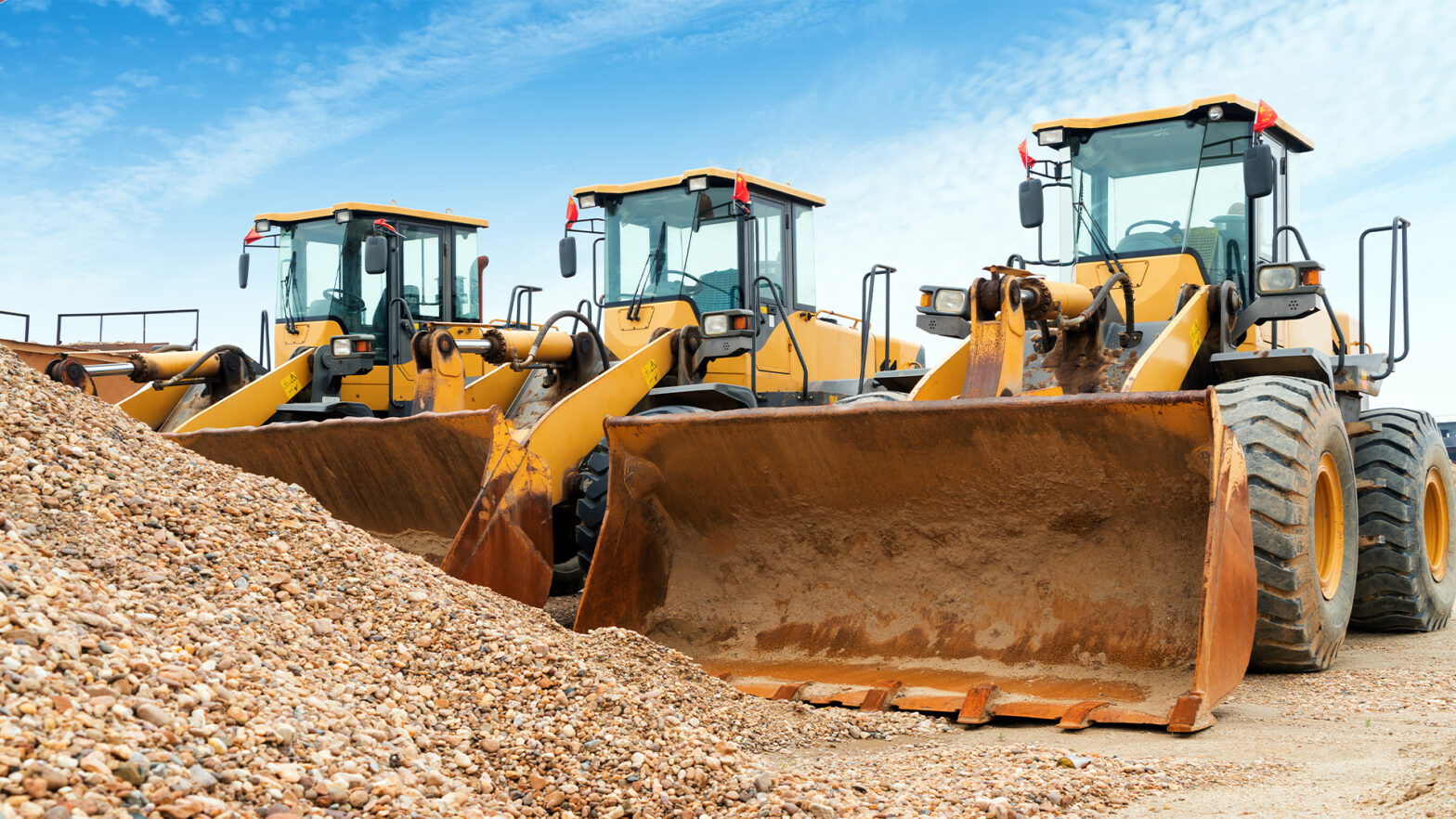
The arrival of new equipment and machinery that boosts efficiency, improves safety, and is kinder to the planet is driving progress in the construction industry.
Construction has always stood at the forefront of innovation, greatly benefitting from the incredible advancements in machine technology that improve efficiency and allow firms to work smarter and in a more sustainable way.
Here, electric forklift specialists, iLift shine the spotlight on the amazing inventions and cutting-edge machinery that are revolutionising the construction sector and transforming the way people work in 2024.
Driverless Trucks and Construction Vehicles
Not long ago, trucks and vehicles that drive themselves with little or no human intervention seemed like pure science fiction. In 2024, these automated machines are becoming increasingly common in construction where they enhance productivity, improve safety, and deliver a range of benefits for project managers.
Using advanced sensors, AI technology, and smart cameras, driverless vehicles including bulldozers, trucks, and excavators work with extreme precision and consistency, performing a variety of automated tasks that once seemed implausible. As well as the ability to work in harmful environments that would otherwise put humans at risk, these self-guided machines can operate round the clock 24/7 to reduce project times and labour costs. Not only that, but they collect data as they go along to achieve even greater efficiencies in the future.
Electric-Powered Machines
We’re all used to seeing electric cars on our roads. The construction industry is quickly catching up as cleaner, greener, electric-powered machines replace older, polluting, diesel versions that cause greater harm to the environment.
For instance, all-electric 26-ton excavators with massive 300kWh batteries are capable of lifting and shifting tons of materials with zero emissions and reduced air and noise pollution, making them ideal for operating at night in urban areas. Similarly, electric forklift trucks and stackers are transforming warehouse and on-site operations thanks to their efficiency, lower fuel costs, zero emissions, ergonomic design, and low maintenance, making them more cost-effective and environmentally friendly than diesel alternatives.
3D Printing
One of the most significant advancements in construction technology has been 3D printing or ‘additive manufacturing’. It is revolutionising the way buildings are constructed and has set new standards in design flexibility and sustainability.
3D printing makes it possible to create complex buildings and structures in a fast, efficient, and precise way. Using materials such as concrete, plastic, and a variety of metals, it makes these structures layer by layer until complete. Elements of the structure can be printed in a factory and assembled on-site. Not only does this reduce project time but it also produces minimal waste, leading to lower labour and materials costs and greater sustainability. 3D printing also gives architects greater freedom to experiment with complex, innovative designs that would be virtually impossible to achieve using traditional construction techniques.
Virtual and Augmented Reality
The way we plan and deliver projects may have changed forever following the arrival of virtual reality (VR) and augmented reality (AR) in construction. These tools are fuelling a new era of digital innovation across the industry by revolutionising the visualisation process.
AR allows designers and project managers to visualise what a building or structure in the pre-build stage would look like when complete and give an accurate and complete on-site picture. It can also increase site safety by providing an interactive platform for training workers in complex processes and operating machinery.
Meanwhile, VR builds on AR’s capabilities by creating complete 3D environments, allowing architects and stakeholders to ‘walk’ through pre-build designs, highlight potential problems, and tweak elements before physical construction begins. It also allows teams to collaborate remotely and adjust plans in a virtual location to enhance efficiency and accuracy.
Drones and Unmanned Aerial Vehicles (UAVs)
Drone technology plays a key role in construction, and its impact is only set to increase in the future. They allow teams to accurately monitor and assess structures to provide a clear and detailed picture of a project’s progress.
Drones are widely deployed in construction for closely surveying and inspecting sites from the air to spot issues that would otherwise be impossible to spot from the ground. Using high-resolution cameras and sensors, they provide a bird’s eye view of the construction site and areas that are difficult to reach. Not only that, but they can survey vast areas and zoom in on the smallest details to identify problems that could easily be missed. Another benefit of drones is they provide real-time data to increase project efficiencies while reducing the cost and risk involved with traditional surveying methods when accessing remote, hazardous areas.
Digital Twins
Planning and decision-making in construction are being taken to a new level of innovation thanks to digital twins. A digital twin is a virtual model of a construction site or structure and uses data gathered by sensors, drones, and other smart devices to create a detailed and dynamic 3D picture.
Construction teams can let different scenarios play out to identify potential problems before they arise and make vital adjustments, thus lowering their physical and monetary impact on a project. This proactive approach lowers costs and improves efficiencies, especially when supported by drone technology as part of the industry’s ongoing evolution.
Next Generation Materials
There is an ever-growing desire to make new and innovative construction materials as a practical and sustainable alternative to traditional concrete and steel. Aided by advances in 3D printing, these ‘next gen’ materials offer extreme strength and durability with minimal impact on the environment.
For example, self-repairing concrete has the ability to fix its own cracks for added longevity while light and strong aerogels improve energy efficiency when used as a building insulation solution. Transparent aluminium is also becoming popular in modern architecture due to its superior strength compared to glass.
From automated excavators to electric machines, cutting-edge technology continues to transform the construction industry and fuel the designs and structures of tomorrow. Whether it’s enhanced project efficiency or greater sustainability, building firms are leveraging the benefits of next generation solutions more than ever before.




























